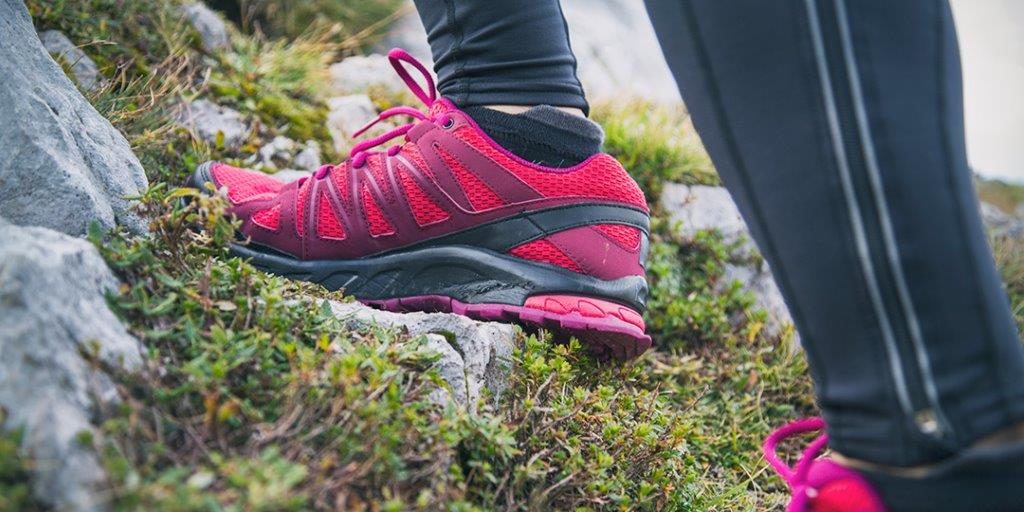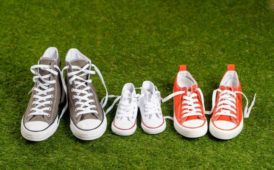
How to pick new running shoes
“
There has been a great deal written on running. Since the release of Christoph McDougal’s cult book Born to Run, barefoot running has been on many people’s lips. Runners and aspiring runners have races out to buy Vibram Five Finger shoes and the shoe industry has pumped out countless numbers of minimalist shoes to try and profit on the trend. Others, however, still believe that shoes should cushion and support your foot.
If you’re keeping up with the scientific literature surrounding running, the results are anything but clear. Some studies show that front-foot running results in the least injuries, others that even some of the best African runners run with a heel strike and avoid injury. I’m not an expert, so I will save judgement on which style is the best. I myself am a forefoot runner.
Despite what I’ve just written above, finding the right shoe is important, but how? The best shoe is not necessarily the best shoe for everyone. Different running shoes are designed for different runners and different running styles. That said, some people are great at adapting to their shoes.
What should you look out for when you go to buy new shoes?
- Fit. This is probably the most important thing. Not too narrow, or too wide. The sole should be slightly wider than your foot, because your foot with swell when you run. In the length, it’s good to have a little room in the toes, but not too much. A thumb’s width is the golden rule.
- Overpronating (your foot rolls inward) or supinating (your foot rolls outward) when your foot strikes the ground? This assumes that there is one correct way of running and should be taken with a grain of salt. You want to make sure that your stride feels comfortable and that you’re not in pain. The more you run the stronger your foot muscles will become, and this can be hindered by too much support in the shoe, so be wary.
- The uppers. This is the part that covers the top of your foot. You want to make sure it’s comfortable and will not have too many pressure points or seams that may lead to chaffing or blisters. Depending on where you’re running you may want a thick or a thin upper material. Generally they are mesh fibers now. The benefit of lighter ones is that if you get wet, they dry faster.
- Traction. What kind of a profile does the shoe have? For mountain or trail running a grippier sole is better than a fairly smooth one. On the streets too much profile may make the shoes feel weird, as they can’t really sink their “teeth†into the ground.
- Material Quality. Higher quality materials will ensure that your shoes are good for longer.
- Padding and heel-toe difference. Do you need lots of padding or very little? Thisdepends on your running style. A good shop will let you take the shoes out for a test run so you can get a feel for them. If you’re just getting into running, trying a variety of different shoes is a good idea.
Pay attention to the six things above and you’ll be on your way to finding the shoe that’s right for you. Tracking my runs with Quentiq I know that my fastest runs are done with racing flats. For longer more relaxed runs though, a little more cushioning is nice. My shoe of choice for most of my runs is the Cloudrunner from On. For races, the Cloudracer, which is On’s lean racing shoe.
—
About the Author: Christian Langenegger (born 1982) has lived and worked in Canada, Germany, Austria, the Czech Republic and Switzerland. In 2009 he founded the language school Marathon Sprachen with his best friend in Zurich. Christian is also a regular contributor to the online magazine Newly Swissed and co-founded the running enthusiasts blog Dromeus with another friend in 2012.
”




